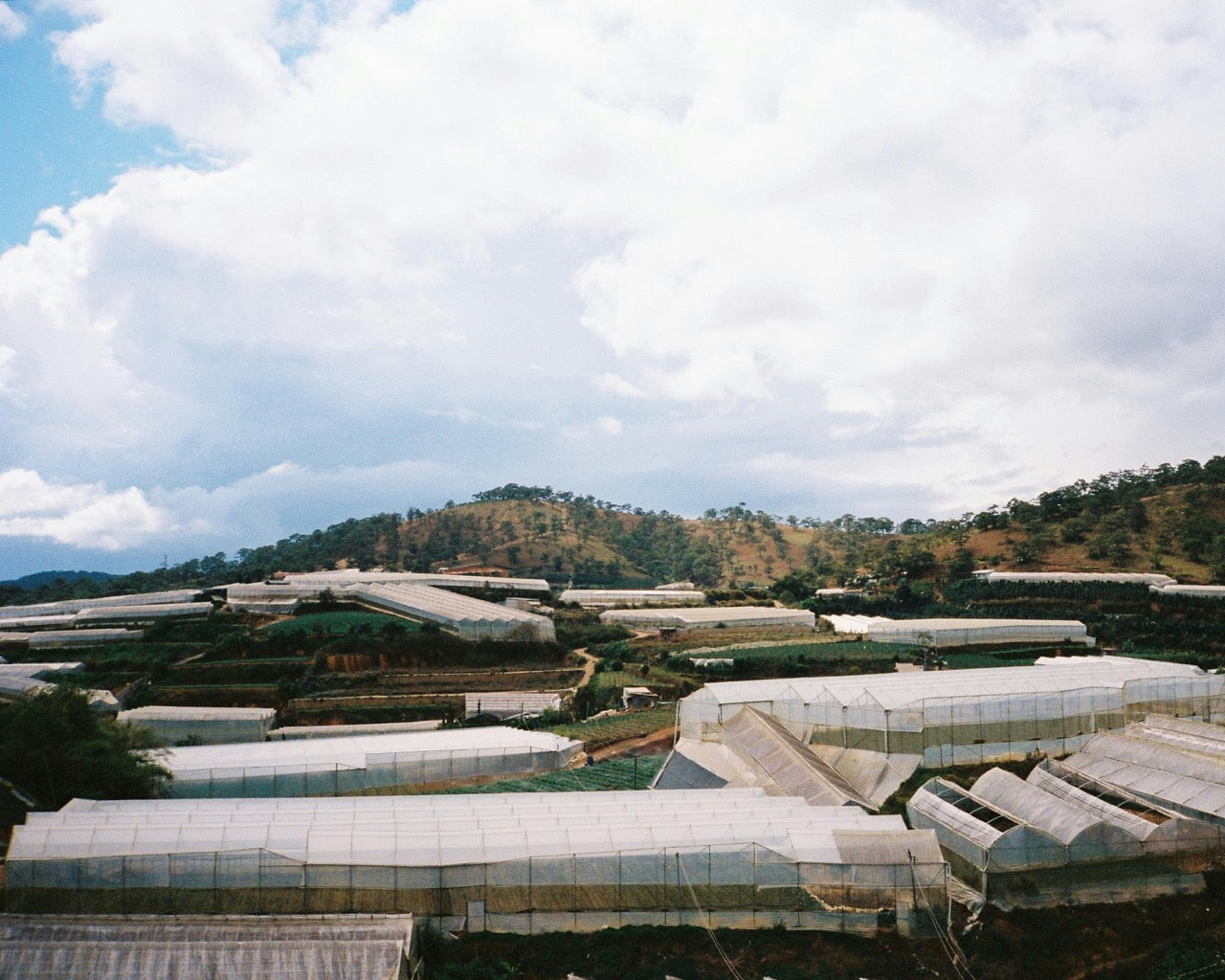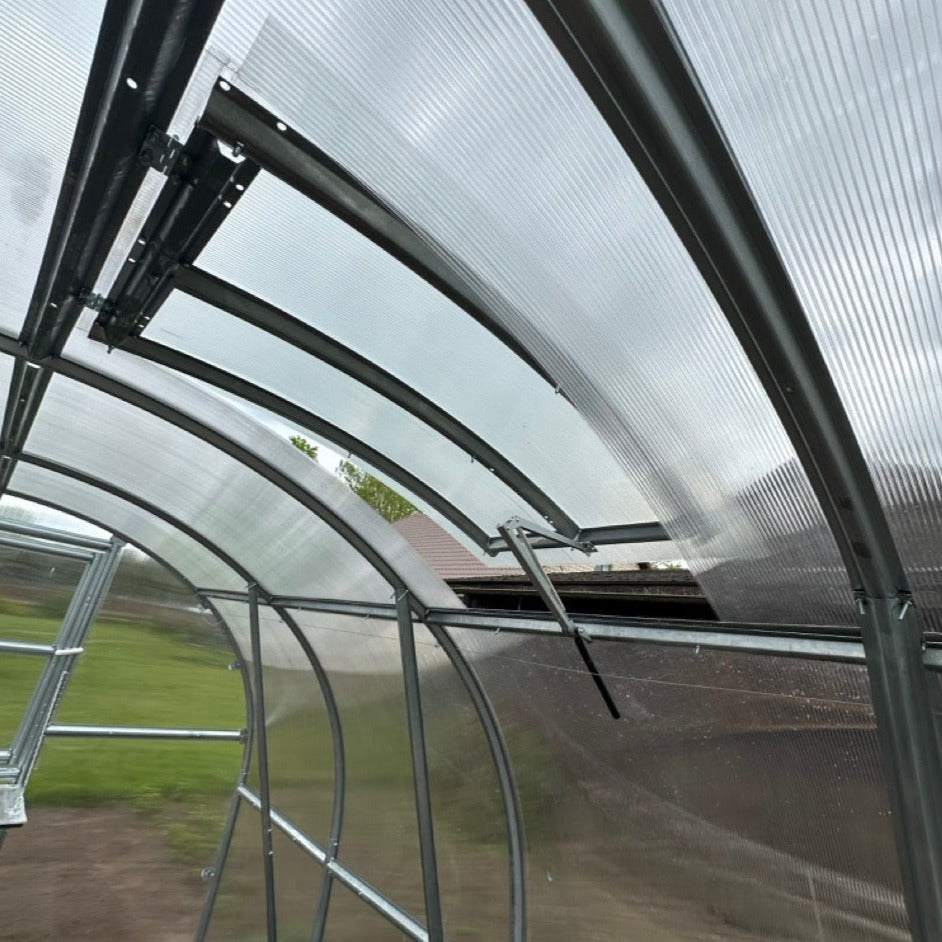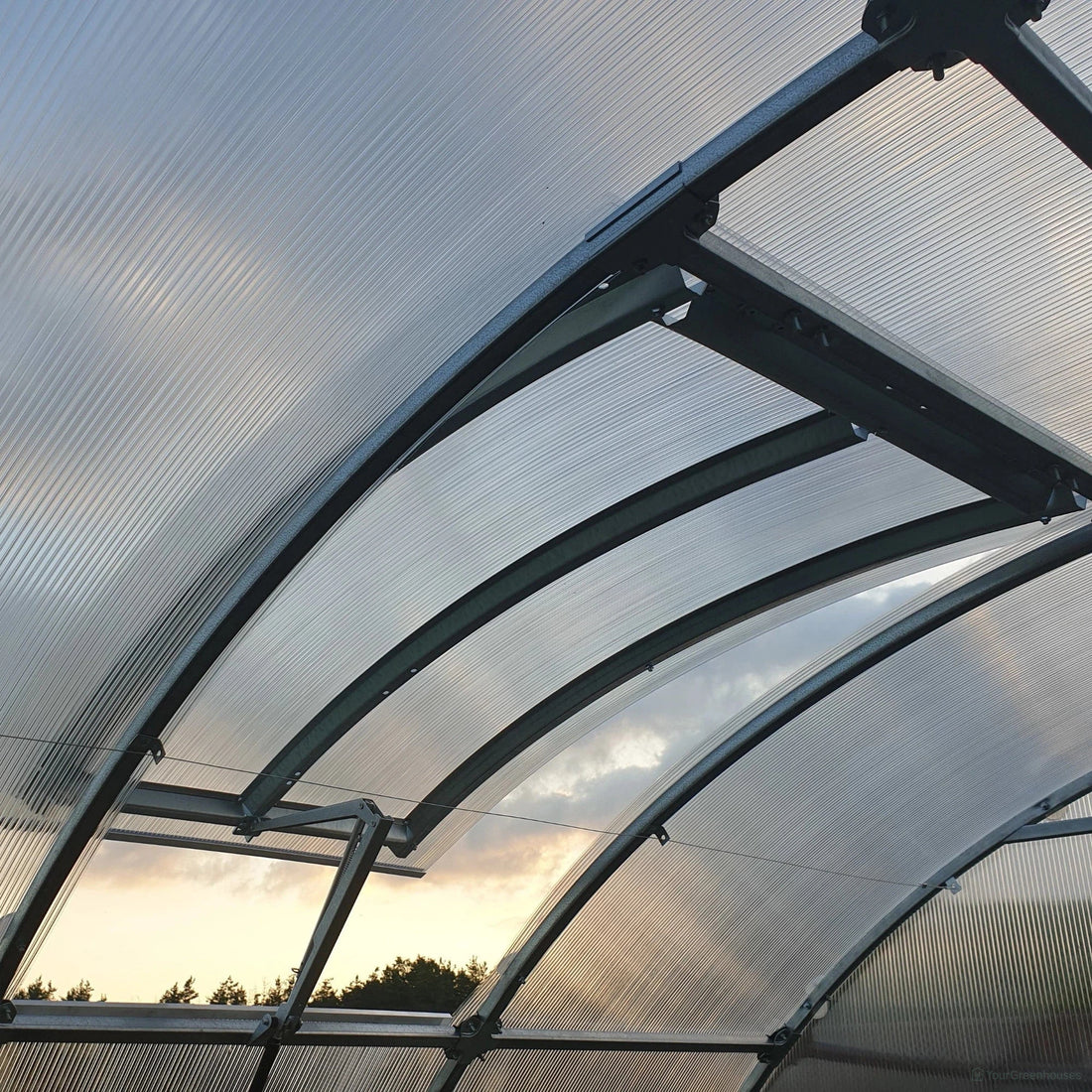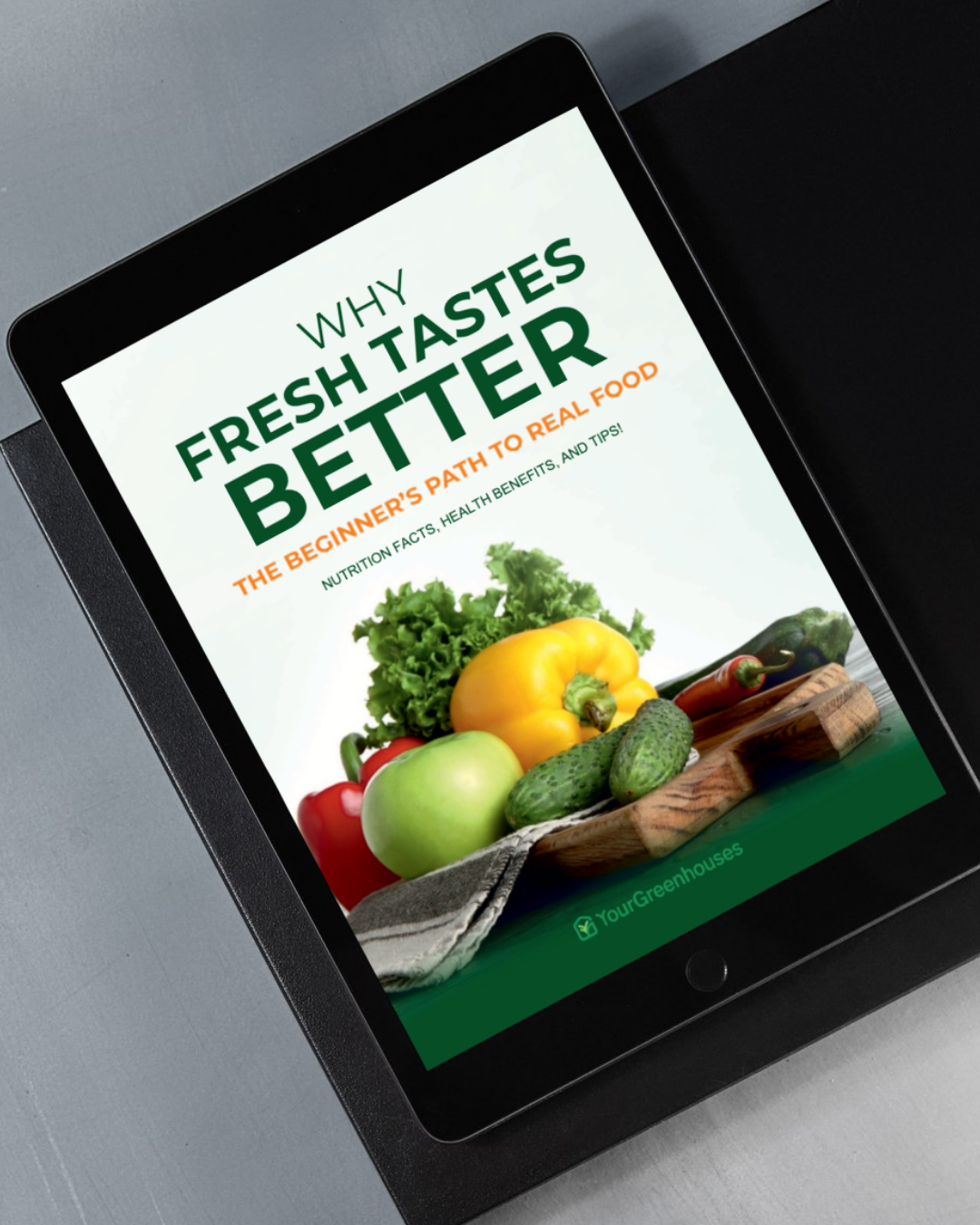Types of Greenhouses: A Comprehensive Guide
If you're a gardening enthusiast, you’re probably considering building a greenhouse to extend the growing season and protect your plants from harsh weather conditions. However, with so many different types of greenhouses available, choosing the right one for your needs can be overwhelming. In this article, we'll explore the various types of greenhouses and their advantages and disadvantages to help you make an informed decision.
Greenhouse Types by Structure

Photo by Rafael Rex Felisilda
When it comes to greenhouse structures, there are several types to choose from. Each has its unique features and benefits. Here are some of the most common types of greenhouses by structure:
Freestanding Greenhouses
Freestanding greenhouses are standalone structures that you can place anywhere on your property. They come in various shapes and sizes, from small hobby greenhouses to large commercial structures. Freestanding greenhouses are a popular choice for those looking to grow different plants and have the space to accommodate them.
Attached Greenhouses
Attached greenhouses are built onto an existing structure, such as a house or garage. They’re best for gardeners with limited space on their property but still want to enjoy the benefits of a greenhouse. You can design them to match your home’s style and architecture, making them a seamless addition to your property. An example of this is the lean-to greenhouse.
Cold-Frame Greenhouses
Cold-frame greenhouses are great for gardeners who want to extend their growing season without breaking the bank. These simple structures are typically made from wood or PVC and covered with a clear plastic or glass lid. They’re designed to trap heat and protect plants from frost, making them ideal for starting seedlings or growing cool-weather crops.
Gothic Arch Greenhouses
Gothic arch greenhouses have a unique shape, allowing maximum sunlight exposure and efficient use of space. The curved design of the greenhouse provides excellent structural support, making it suitable for those living in areas with heavy snow loads or strong winds.
A-Frame Greenhouses
A-frame greenhouses have a distinctive triangular shape, providing excellent ventilation and natural light. They are a popular choice for gardeners who want to grow plants that require a lot of sunlight, such as tomatoes and peppers. A-frame greenhouses are also easy to build, and you can construct them using a number of materials.
Hoop Houses
Hoop houses are simple, low-cost structures ideal for greenhouse gardening beginners. They are constructed using PVC piping or metal hoops and covered with a layer of plastic. Hoop houses are easy to assemble and disassemble, making them a great option if you plan on moving your greenhouse from one location to another.
Greenhouse Types by Materials

When it comes to building a greenhouse, choosing the right materials is crucial. Different materials offer various benefits and drawbacks, and it's essential to consider your specific needs and budget. Here are some common greenhouse types by materials:
Wooden Greenhouses
Wooden greenhouses offer a more traditional and rustic appearance. They provide good insulation, and you can customize them to fit specific design preferences. However, wood requires regular maintenance to prevent rotting and deterioration.
Aluminum Greenhouses
Aluminum is lightweight, durable, and corrosion-resistant; therefore, it’s excellent for greenhouse framing. Aluminum greenhouses are often covered with glass or polycarbonate panels and are relatively low-maintenance.
PVC Greenhouses
PVC (polyvinyl chloride) pipes are often used to create the framework for greenhouse structures. These greenhouses are lightweight, affordable, and easy to assemble. PVC greenhouses are usually covered with plastic film or polycarbonate panels.
Glass Greenhouses
Glass greenhouses are the traditional choice for many gardeners. They offer excellent light transmission and durability and are easy to clean. Glass also provides better insulation than other materials, making it ideal for regions with extreme temperatures.
However, glass is heavy and fragile, making it more challenging to install and transport. It's also more expensive than other materials, so it’s less accessible if you’re on a tight budget.
Polycarbonate Greenhouses
Polycarbonate greenhouses are a popular alternative to glass. They're lightweight, shatterproof, and offer excellent insulation. Polycarbonate also provides better UV protection than glass, making it ideal for regions with intense sunlight.
However, polycarbonate is less transparent than glass, which can reduce light transmission. It's also more prone to scratches and discoloration, which can affect its appearance over time.
Plastic Film Greenhouses
Plastic film greenhouses are the most affordable option for those on a tight budget. They're easy to install and lightweight, making them ideal for temporary or seasonal use. Plastic film also offers excellent light transmission, making it suitable for growing plants.
However, plastic film is less durable than other materials and more prone to tearing and punctures. It also provides less insulation than glass or polycarbonate, making it less suitable for regions with extreme temperatures.
Polyethylene Tunnel Greenhouses
Polyethylene tunnel greenhouses are popular for commercial growers and hobbyists. These structures are made from a series of hoops or arches covered in a single layer of polyethylene plastic. You can easily assemble and customize them to fit various growing needs. Polyethylene tunnel greenhouses are ideal for growing crops that require a lot of space, like tomatoes, cucumbers, and peppers.
Specialty Greenhouses
Specialty greenhouses are designed for specific purposes and not for general use. They’re built to cater to the specific needs of a particular crop or research experiment. Here are some of the common types of specialty greenhouses:
Hydroponic Greenhouses
Hydroponic greenhouses are designed for growing plants without soil. Instead, the plants are grown in a nutrient-rich water solution circulated through the greenhouse using pumps and pipes. This method of growing plants is becoming increasingly popular because it’s more efficient and requires less water than traditional soil-based farming.
Educational Greenhouses
Educational greenhouses are designed to teach students about the science of plant growth and cultivation. These greenhouses are often found in schools and universities and are used to teach students about the different types of plants, their growth cycles, and the environmental factors that affect their growth.
Research Greenhouses
Scientists and researchers use research greenhouses to conduct experiments on plants. These greenhouses are designed to control the environment where the plants grow, allowing researchers to study the effects of different environmental factors on plant growth and development. Researchers and scientists often use these greenhouses to study the impact of climate change on plant growth and to develop new plant varieties that are more resistant to disease and pests.
Considerations for Greenhouse Selection
When choosing a greenhouse, there are several factors you should keep in mind. They include:
Climate Compatibility
Different greenhouses are designed to accommodate different climates. For example, if you live in an area with harsh winters, you may need a greenhouse with a sturdy frame and good insulation to withstand heavy snow loads and keep your plants warm. On the other hand, if you live in a hot and sunny climate, you may need a greenhouse with good ventilation and shading to prevent your plants from overheating.
Durability and Maintenance
Greenhouses made from high-quality materials such as aluminum, polycarbonate, or tempered glass tend to be more durable and require less maintenance than those made from cheaper materials like plastic or PVC. Additionally, a greenhouse with good ventilation and drainage can help prevent moisture buildup and reduce the risk of mold and mildew growth.
Size and Scalability
The size of your greenhouse will depend on the available space and the number of plants you want to grow. A small greenhouse kit may be sufficient if you're just starting out. However, if you plan to expand your operation in the future, you may want to invest in a larger, more scalable greenhouse. Remember that larger greenhouses may require more resources to maintain, such as heating and cooling systems, so factor these costs into your decision.
Cost Implications
While a high-end greenhouse made from premium materials may be more expensive upfront, it may save you money in the long run by requiring less maintenance and lasting longer. On the other hand, a cheaper greenhouse made from low-quality materials may require more maintenance and need to be replaced more frequently, ultimately costing you more in the long run. Consider your budget and the long-term cost implications of your decision when selecting a greenhouse.
Explore Our Exclusive Greenhouse Options
The diversity of greenhouse types offers numerous options for varying needs and environmental conditions. From traditional glass structures to modern polyethylene tunnels, each type brings its advantages and limitations. Ultimately, selecting the right type of greenhouse is crucial for optimizing productivity, maximizing resource efficiency, and fostering sustainable agricultural practices in a changing world. By understanding the characteristics and functionalities of different greenhouse types, growers can make informed decisions to meet their objectives while minimizing environmental impact and enhancing crop quality.
Ready to invest in a greenhouse but don’t know which type suits you best? Visit YourGreenhouses online store, and we'll help you find the perfect greenhouse for your needs.












